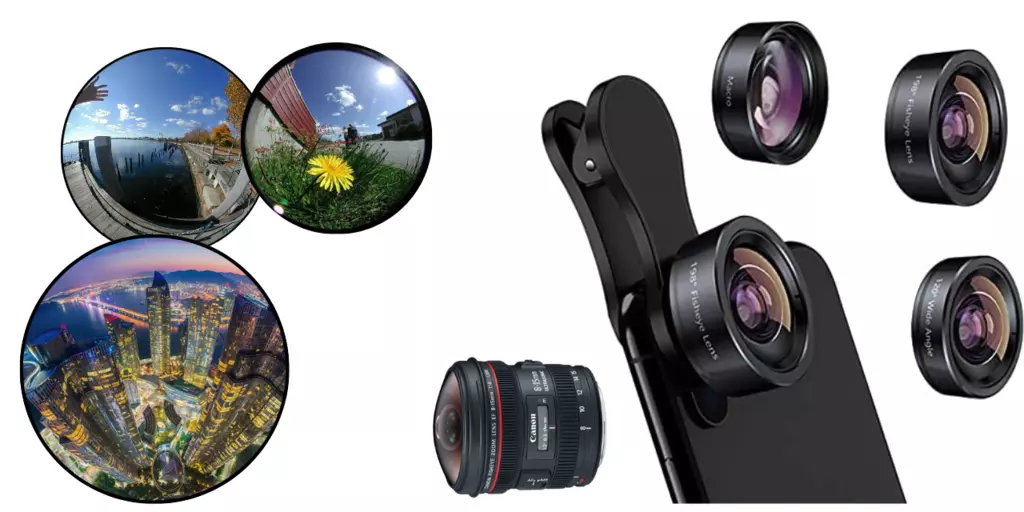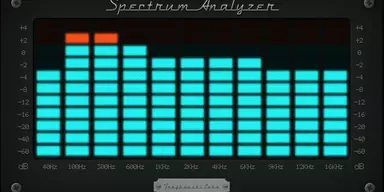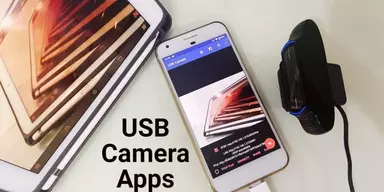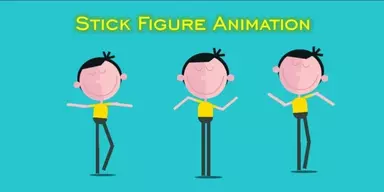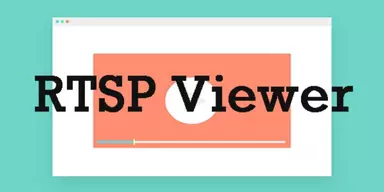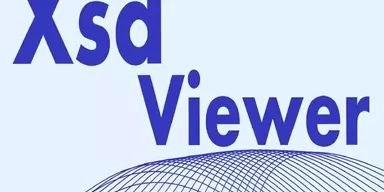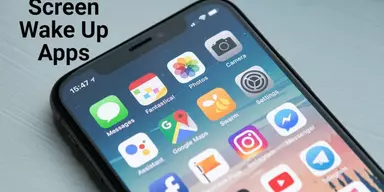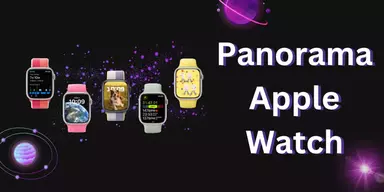Fisheye lenses have been around for a long time and are known for their unique and dramatic distortion effect. They are often used in photography and videography for creative purposes, such as sports, nature, and architectural photography. But what if you aren’t admitted to a fisheye lens or don’t want to invest in one? Fortunately, there is a solution: fisheye apps for mobile photography.
Fisheye apps are software programs that simulate the fisheye effect on images taken with a standard camera. They are available for iOS and Android devices and can be transferred from the App Store or Google Play. These apps can enhance your mobile photography and add a unique perspective to your images.
Before diving into the tips and tricks of using a fisheye app, it’s essential to understand the different types of fisheye lenses and their effects. There are three main types of fisheye lenses: circular fisheye, full-frame fisheye, and diagonal fisheye.
Circular fisheye lenses create a circular image within the frame, which is ideal for capturing a full 180-degree view. This type of lens is often used for panoramic landscapes or capturing a sense of the scale of a location. On the other hand, full-frame fisheye lenses cover the entire frame and are ideal for capturing a wide-angle view with a unique perspective. This type of lens is often used for action sports, such as surfing or skateboarding, as it can capture the speed and movement of the subject. Finally, diagonal fisheye lenses cover a rectangular image and are ideal for capturing a wide-angle view without the distortion of other types of fisheye lenses.
Fisheye apps are used for mobile photography to simulate the effect of a fisheye lens. This allows users to achieve a unique and dramatic distortion effect on their images, which can be used for creative purposes such as sports, nature, and architectural photography. The app enhances mobile photography by adding a unique perspective to the images and making them stand out.
The Purpose Of The Fisheye App
Fisheye apps also offer various options for achieving the fisheye effect, such as different types of fisheye lenses, zoom levels, and editing tools, allowing users to experiment and find the best setting for their specific subject and composition.
Additionally, fisheye apps are a cost-effective and convenient solution as they can be easily downloaded and used on a mobile device without the need to carry a separate camera or lens. They are also easy to share and edit images, which makes them a valuable tool for mobile photographers.
Benefits Of The Fish Eye App
Cost-effective
One of the enormous benefits of using a fisheye app is that it is a cost-effective solution for achieving the fisheye effect. Instead of investing in a physical lens, you can use the app to achieve the same effect on your mobile device.
Convenience
Fisheye apps are also very convenient as they can be easily downloaded and used on your mobile device. This means that you can take advantage of the fisheye effect on the go without having to carry a separate camera or lens.
Variety Of Options
Fisheye apps offer a variety of options for achieving the fisheye effect. Users can experiment with different types of fisheye lenses, zoom levels, and editing tools to achieve their desired effect.
Creative Possibilities
Fisheye apps open up a world of creative possibilities for mobile photography. Fisheye lenses’ unique perspective and distortion effect can add a new dimension to your images and make them stand out.
Easy To Share
With the fisheye app, you can easily share your images on social media platforms and with friends and family.
Easy To Edit
The fisheye app allows you to edit your images and make necessary adjustments, such as brightness and contrast adjustments, color corrections, and cropping options.
Fisheye apps are an excellent option for mobile photographers looking to add a unique perspective and creative touch to their images. They offer a cost-effective and convenient solution for achieving the fisheye effect and open a world of creative possibilities.
Tip & Tricks To Use Fisheye App
When using a fisheye app, it’s essential to understand the difference between the three types of fisheye lenses and how they can enhance your mobile photography. Here are a few tips and tricks to help you get started:
Experiment With Different Types Of Fisheye Lenses
Each type of fisheye lens has its unique effect and can be used for different purposes. Try experimenting with each class to see which works best for your subject and composition.
Use A Tripod
Fisheye lenses have a wide angle of view, making it challenging to keep the camera steady. To ensure that your images are sharp and stable, use a tripod or a stabilizing device.
Plan Your Composition
Fisheye lenses can create a distorted worldview, so planning your composition carefully is essential. Consider the placement of the subject in the frame and how the distortion will affect the image.
Play With The Zoom
Fisheye apps typically offer the option to zoom in or out. This can be used to control the amount of distortion in the image and can be used to create a more dramatic or subtle effect.
Try Different Lighting Conditions
Fisheye lenses can create interesting light effects, such as a starburst effect with sun rays or a halo around a light source. Experiment with different lighting conditions to see how they affect your images.
Edit Your Images
Once you have captured your images, you can use editing tools to enhance the fisheye effect. Many fisheye apps have built-in editing tools, such as brightness and contrast adjustments, color corrections, and cropping options.
Conclusion
Fisheye apps are an excellent option for mobile photographers looking to add a unique perspective and creative touch to their images. They offer a cost-effective and convenient solution for achieving the fisheye effect and open a world of creative possibilities. With the fisheye app, users can experiment with different types of fisheye lenses, zoom levels, and editing tools to achieve their desired effect. The app also allows users to easily share and edit their images, making it a valuable tool for mobile photography.

